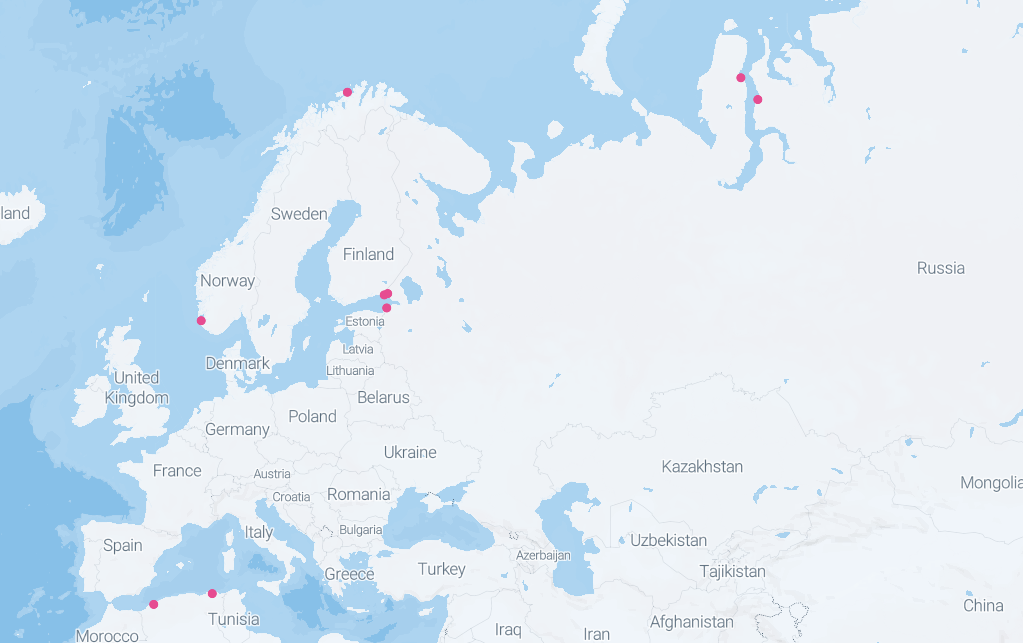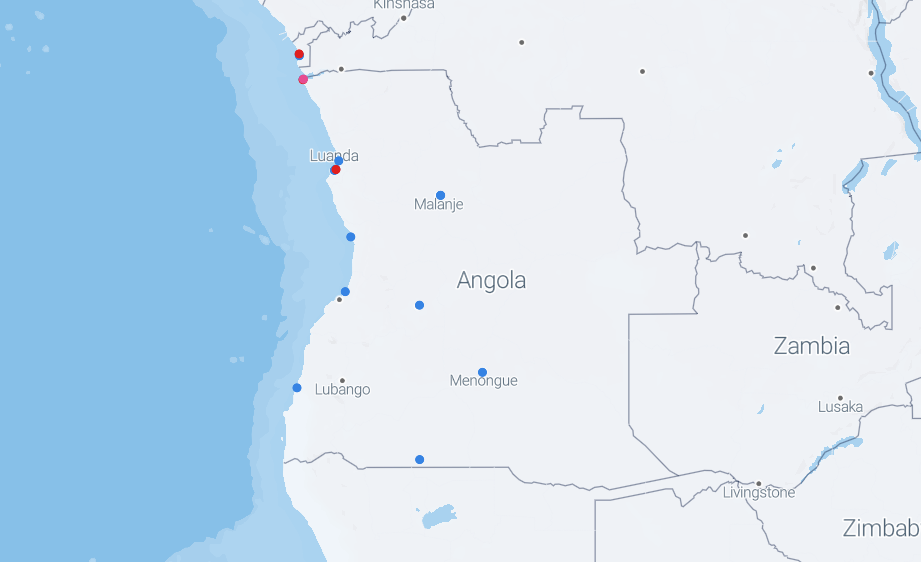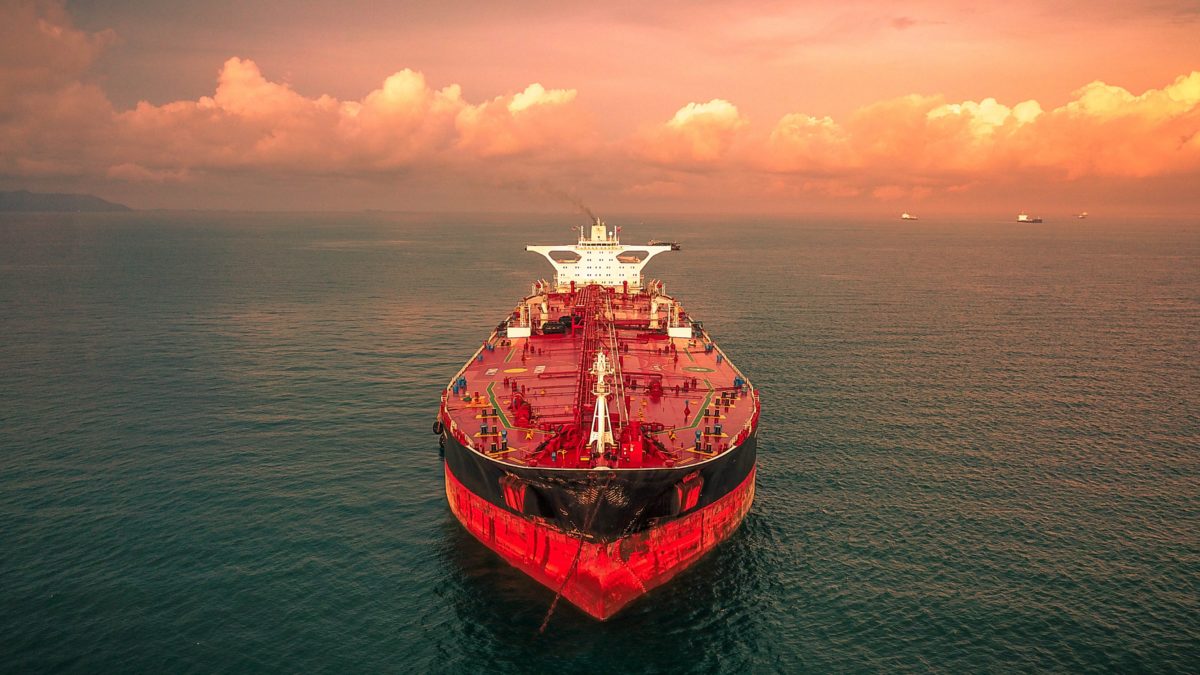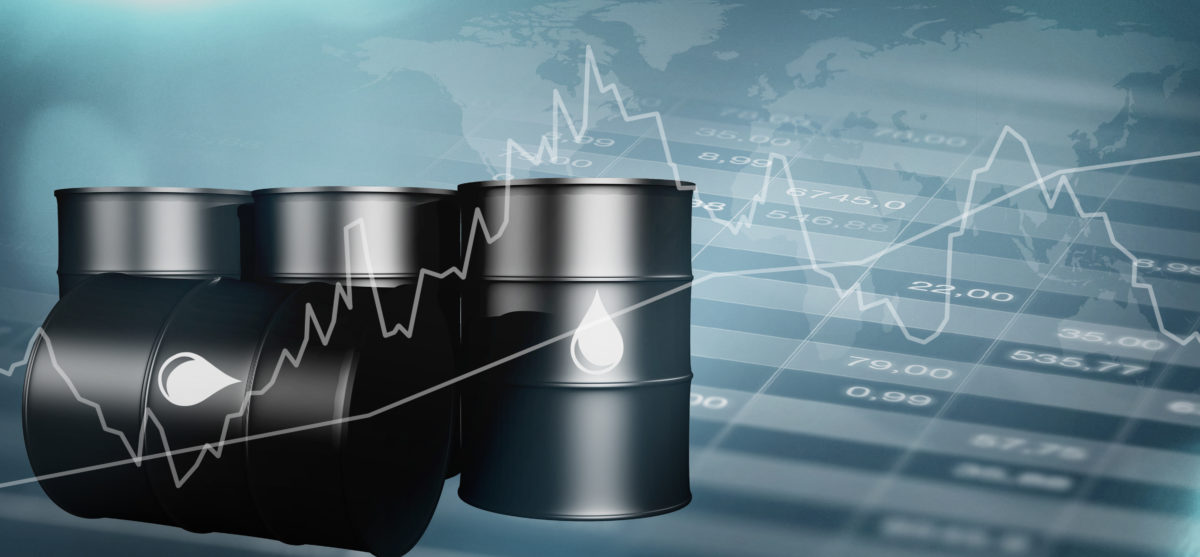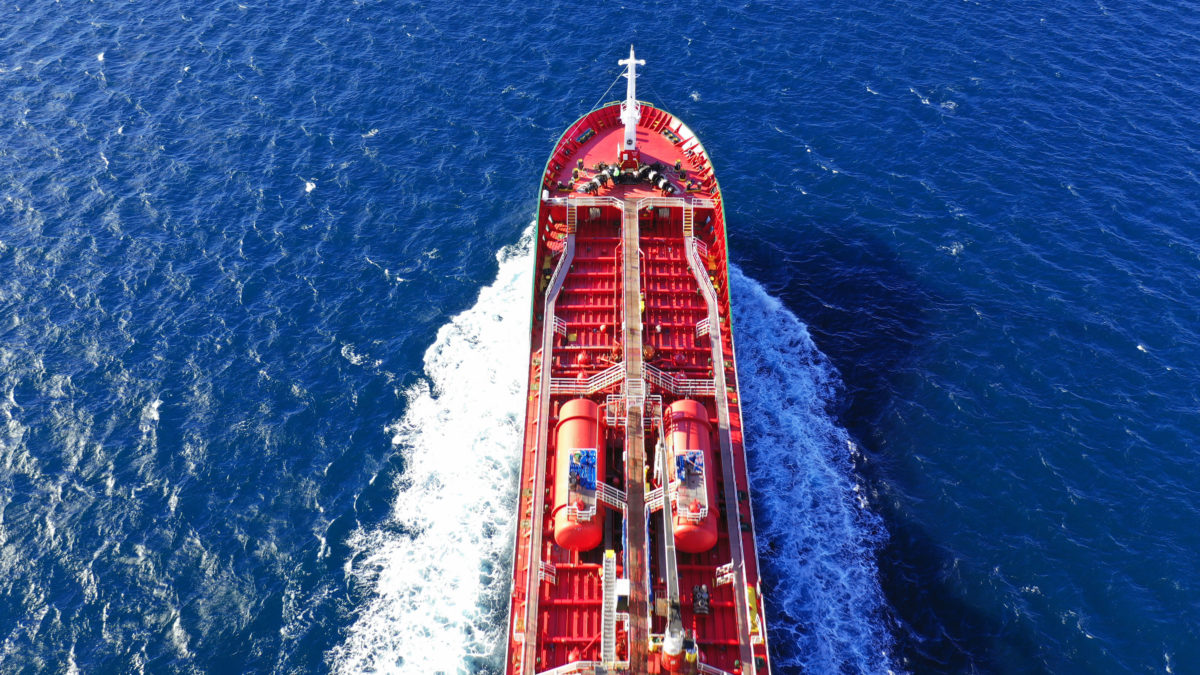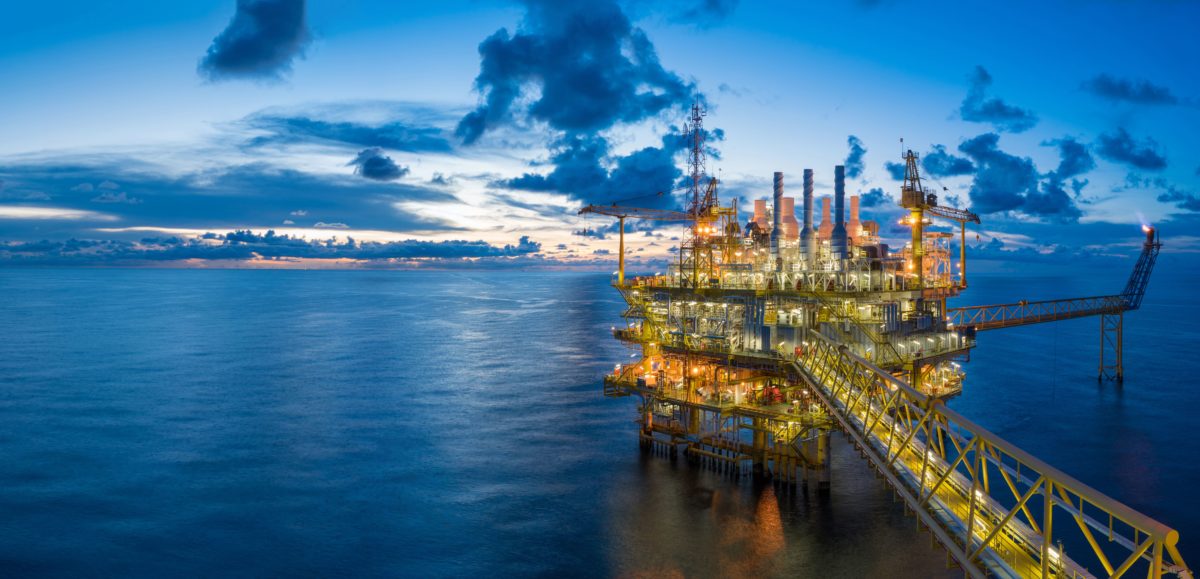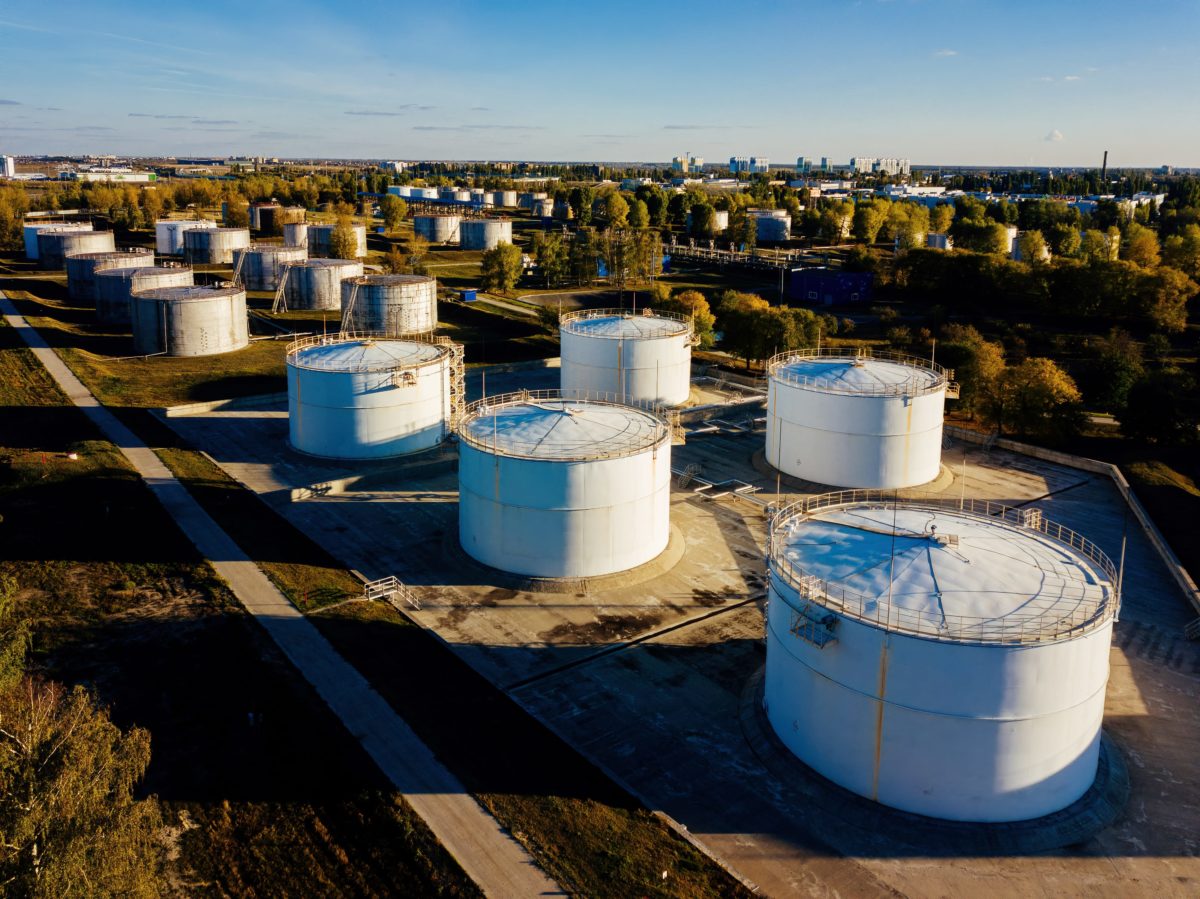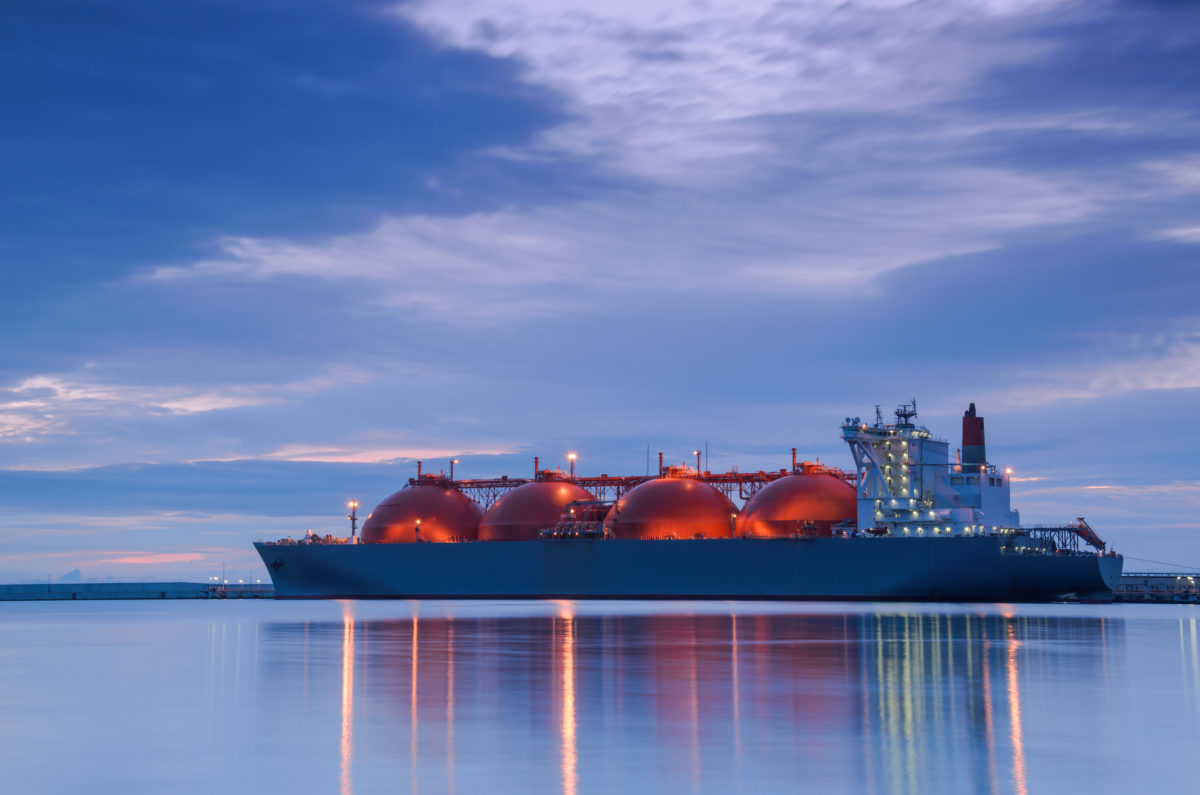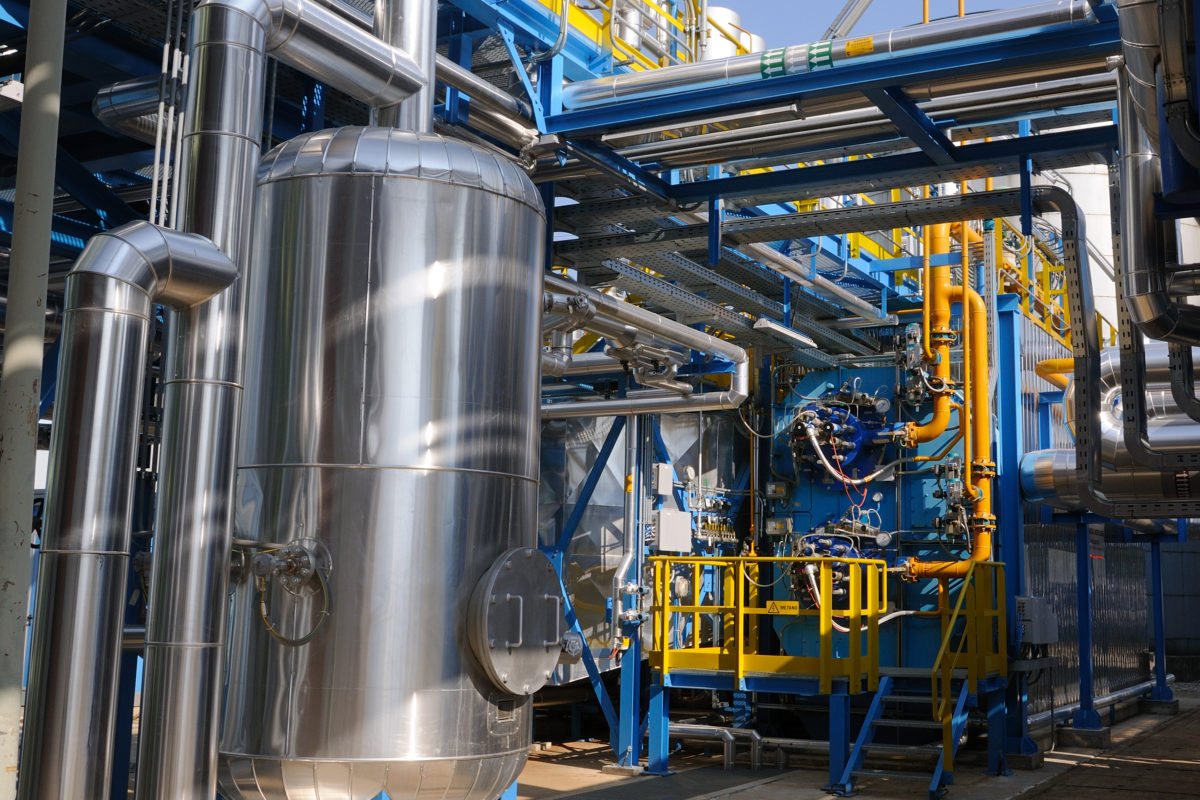Europe became the largest customer of U.S. producers of liquefied natural gas recently, taking in more than 50 percent of total U.S. shipments over the last three months. But U.S. LNG, as well as LNG from other sources, would only provide short-term relief.
For starters, there are the long-term contracts that all LNG producers in the U.S., Australia, and Qatar already have with other buyers.
Then there is the question of insufficient LNG import capacity in Europe. Germany has announced a decision to urgently build two LNG terminals—the country has none currently—but chances are they will not be ready in a month or two. For context, building an LNG export terminal takes three to four years. Import terminals don’t need liquefaction trains, but they do need regasification facilities.
Finally, competition from Asia is not going to diminish anytime soon, and energy industry insiders note there is limited LNG carrier capacity and LNG tankers take quite a bit of time to build: about two years and a half.
Yet the European Union has set itself the ambitious goal of reducing imports of Russian natural gas by as much as two-thirds by the end of the year.
“REPowerEU will seek to diversify gas supplies, speed up the roll-out of renewable gases and replace gas in heating and power generation. This can reduce EU demand for Russian gas by two-thirds before the end of the year,” the European Commission said earlier this week when it unveiled its plan for independence from Russian fossil fuels.
The measures outlined in the plan include mandating EU members to have their gas storage facilities filled up at 90 percent of capacity by October 1 this year, increasing LNG imports and diversifying pipeline imports, and boosting energy efficiency. Of course, a buildup in wind and solar generation capacity is also part of the plan, as is the increased production of hydrogen.
The increase in LNG imports appears to be one of the quickest ways to reduce dependence on Russian natural gas. The plan to build import terminals suggests this plan is long-term. However, as an analysis from Energy Intelligence strongly suggests, the chances for success of this specific part of the REPowerEU plan are quite slim.
The author of that analysis, Sarah Miller, makes several points that should sound an alarm in Brussels that they may be in over their heads. Some of these points concern the availability of LNG, as noted above, and the medium-term global plans for capacity expansion.
One very important point, however, has to do with the price of the commodity. “LNG remains a viable fuel source for Asia at the moment only because most of it is still price-linked to oil and therefore much cheaper than spot cargoes. That’s true even though oil is now well over $100 per barrel,” Miller writes.
In other words, Asian buyers mostly get their LNG through long-term contracts. Europe does not have this luxury at the moment because there is not enough LNG for producers to commit to such large new buyers. And there won’t be enough LNG for a while yet, given the time it takes to build a liquefaction plant, even without delays, which seem to be common in the LNG industry.
The situation is quite ironic because the EU has been trying to reduce its reliance on long-term contracts with Gazprom and increase the share of spot deals in natural gas in the past few years, perhaps acting on the assumption that gas supplies will always be abundant and therefore cheap.
Now, gas is not only through the roof, but LNG producers, as Energy Intelligence’s Miller notes, are demanding commitments of between 15 to 20 years from potential buyers.
“Will European buyers be ready to accept such extensive future obligations in order to deal with a near-term problem?” Miller asks, and answers her question with “Perhaps, if things get bad enough,” noting that even if things do get bad enough, deals will take time to seal.
The EU does not exactly have that time. The new heating season begins in less than seven months. That means less than seven months for member states to fill up their storage caverns at 90 percent with gas that will have to come from somewhere, although it is unclear where.
It also means less than seven months for a massive buildup in wind and solar capacity. Again, it is unclear how exactly this will happen and, not unimportantly, how much it will cost in light of the latest trends on the metals market. Also unclear is what happens when the wind stops blowing, which is what quite often happens during the European winter.
These are only a fraction of the questions that the EU’s energy independence plan raises. The answer to the question of whether LNG could replace the 40 percent of European gas consumption that Gazprom provides currently, however, seems crystal clear. There is no physical possibility for that.
Oilprice by Irina Slav, March 15, 2022

